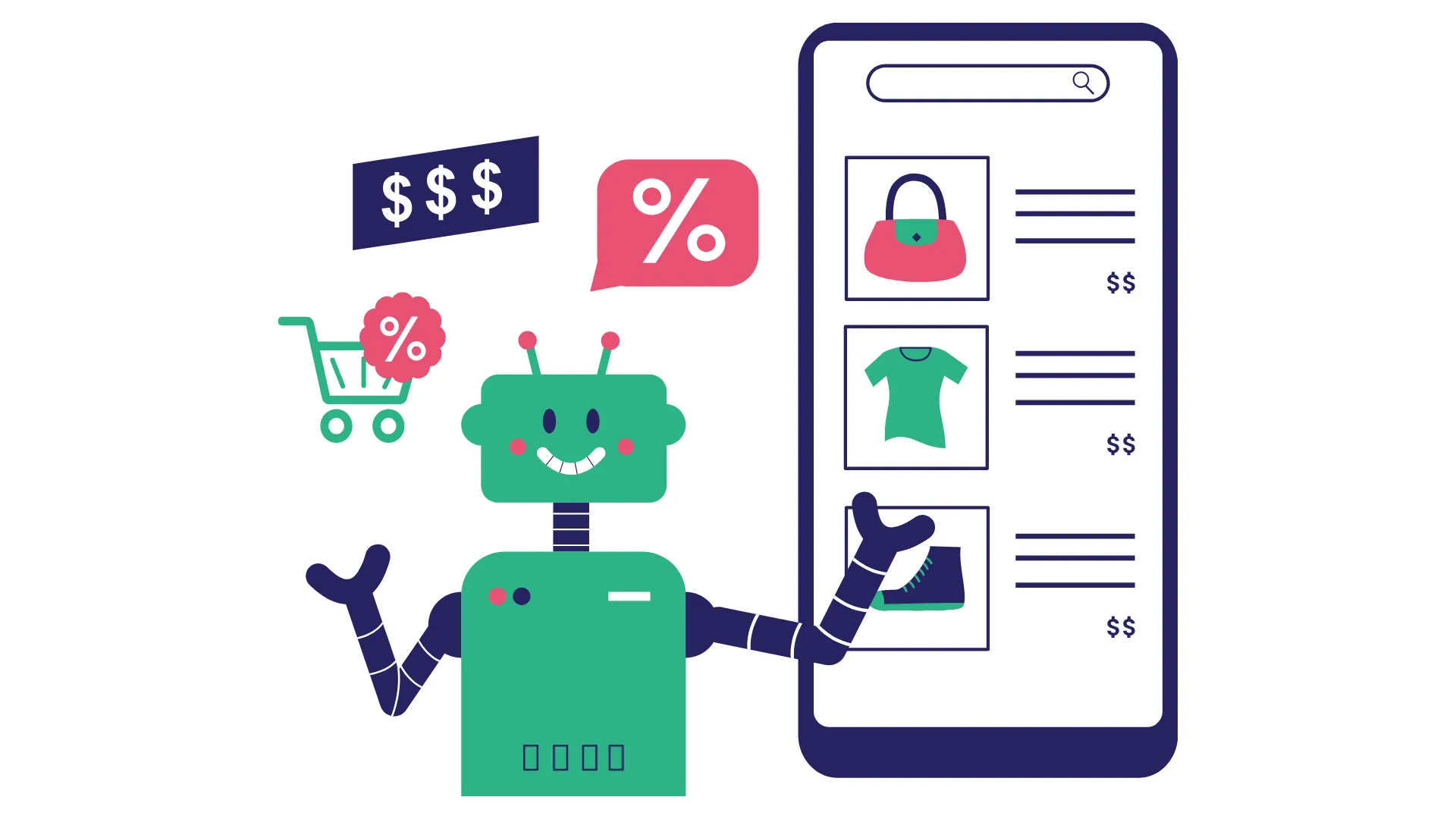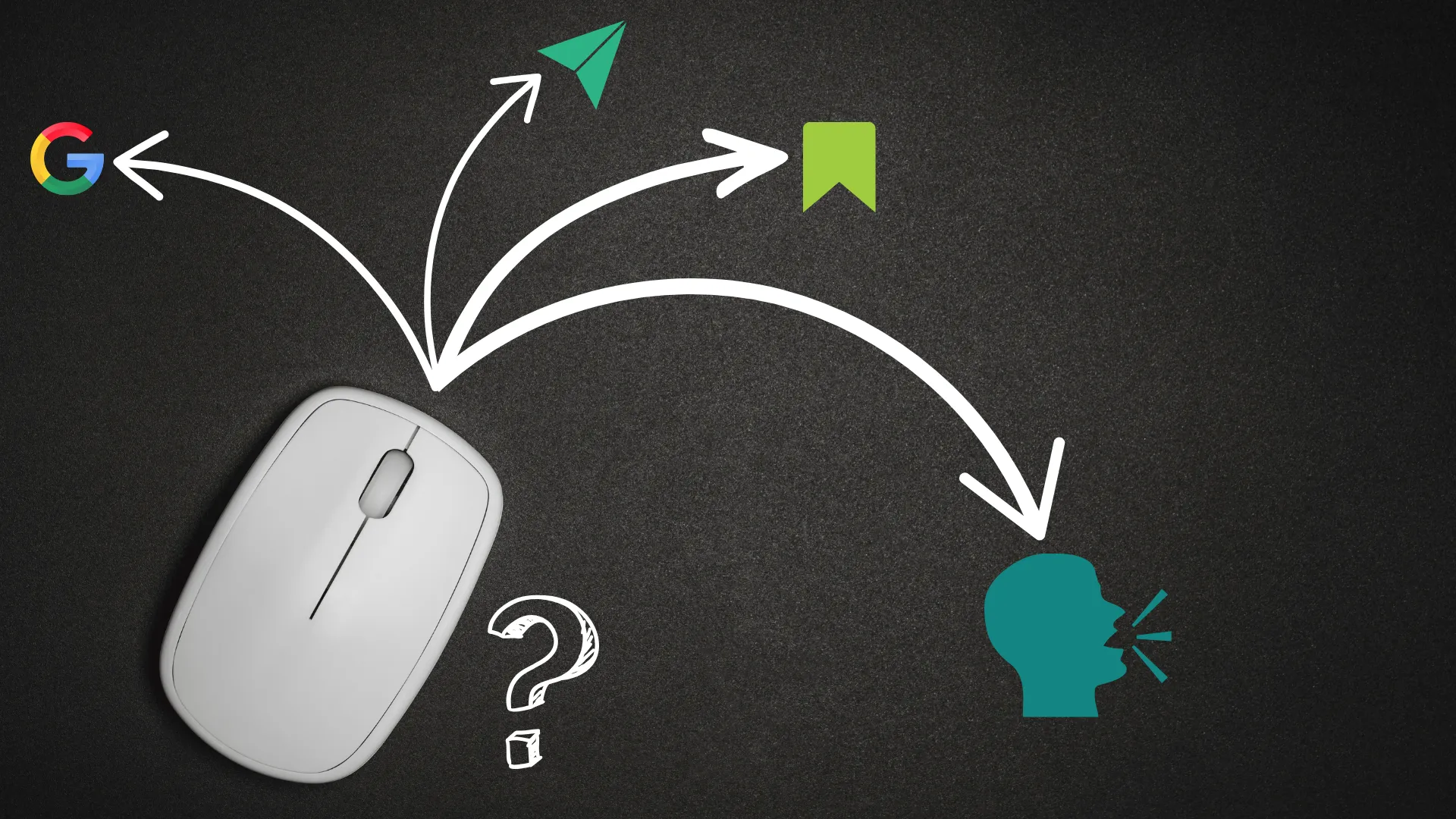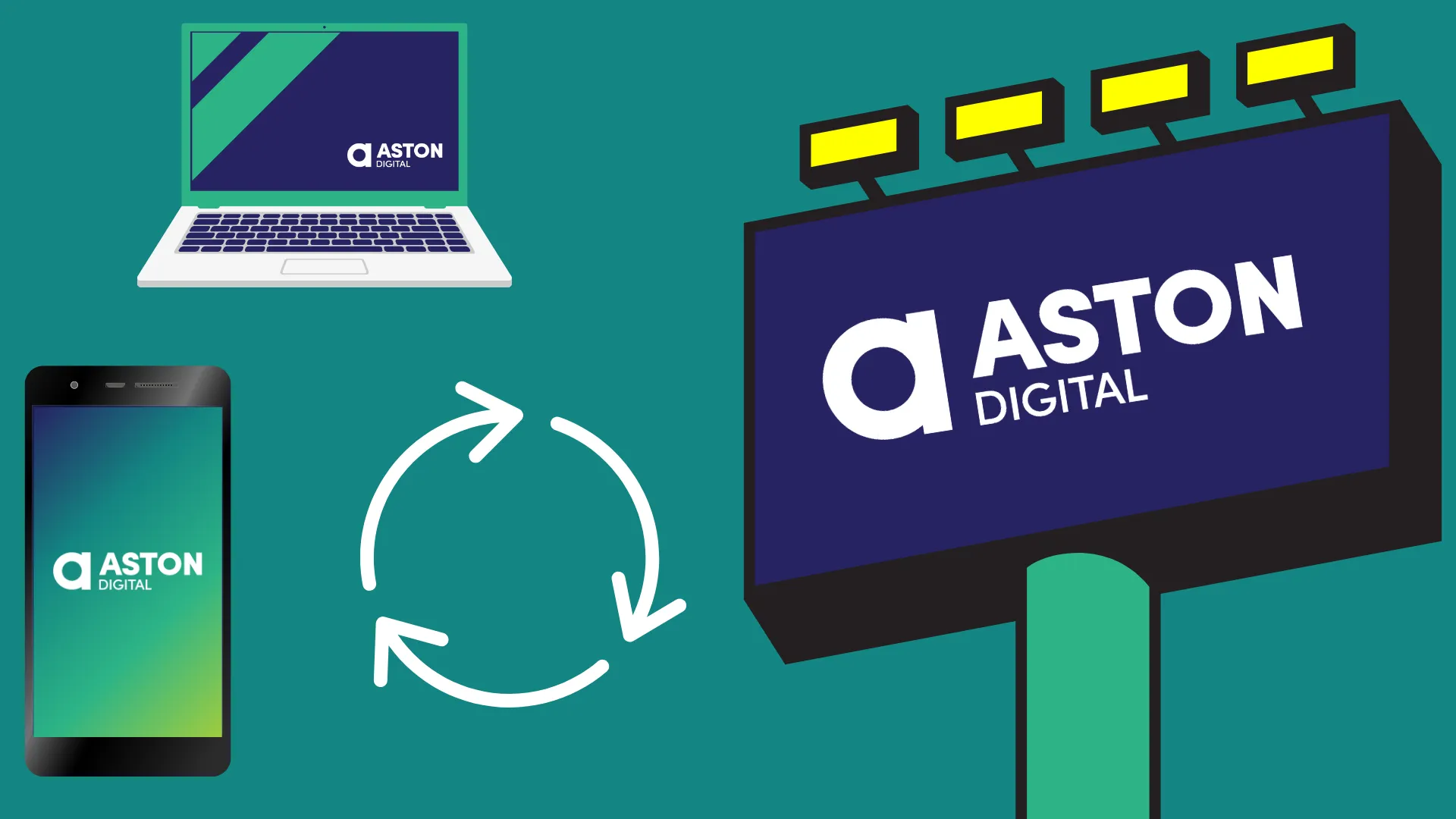One of our biggest takeaways from State of Social 2024 was the evolution of zero-click searches and the impact it will have on the way we do search engine optimisation (SEO).
In 2024, nearly 60% of Google searches have ended without a click. The way we find information online is changing; the faster, the better. So how will this impact the way users find your brand online? We’ll cover that further into this article.
What are zero-click searches?
Zero-click searches occur when Google shows the information someone is looking for directly on the search engine results page (SERP), so they don’t need to click any links. This is done using features such as featured snippets, knowledge panels, local packs and more. The goal is to give users immediate answers and make searching easier by reducing the steps needed to find information.
It’s likely that you’ve already conducted a zero-click search without even knowing it. Here are some examples of what these look like:
Featured Snippets
A Google featured snippet displays specific, organised pieces of information directly in the search results. These snippets pull key facts from a web page and present them in a clear, structured format, right below the website link. This helps users quickly find relevant details without having to click on the web page.

Knowledge Panels
A Google Knowledge Panel is an information box that appears on the right side of search results, providing a quick overview of key facts about a person, place, organisation, or topic. It aims to give users a snapshot of important information without needing to click through to different sites.

Local Packs
A Google Local Pack appears at the top of search results when users look for local services or businesses, like a restaurant or shop. It displays a map along with a list of three relevant businesses, including their names, ratings, addresses, hours and sometimes reviews or photos. The Local Pack helps users quickly find nearby businesses and get key information at a glance without having to visit multiple websites.

To further enhance the zero-click experience for users, Google is experimenting with AI Overviews.
What are Google AI Overviews?
AI Overviews bring generative AI into regular Google Searches to give users quick, AI-generated summaries and context for their search results. These AI-generated responses are positioned above traditional SERP links and affect the way outbound links and ads are displayed to users. Rather than seeing a list of websites in SERP after doing a search, you’ll see an AI-generated summation of the information you have searched.

In case you’re already trying to find it, AI Overviews are not currently available in Australia. However, with 120 other countries already using it, it can’t be too far away.
Why aren’t Google AI Overviews available in Australia?
Interestingly, Australia is one of Google Ads’ largest markets. It’s likely that Google doesn’t want to tamper with that by reducing the need for paid search ads. For once, we are not the guinea pigs in this digital experiment!
What challenges will Google AI Overviews bring for brand visibility on SERPs?
1. Fewer Outbound Link Clicks
It will deliver fewer outbound clicks which will become a major challenge for brands that rely on Google search as their primary source for website traffic.
2. Less Brand Control
Brands will have less direct influence on how Google displays information about them.
3. Reduced Ad Engagement
With AI Overviews dominating SERPs, it will likely mean reduced visibility of paid search ads. This one is up in the air at the moment.
What do you need to do now?
It’s still very unclear when AI Overviews will become available in Australia, and how quickly, or how deeply it will be rolled out. As more information is released, we’ll have a better understanding of the impacts it will have on things like Google Ads and SEO. We’re all on this ride together!

Google has started rolling out its brand-new AI Mode in countries like the United States, India, Canada and even New Zealand - but not yet in Australia. [...]

For years, Search Engine Optimisation (SEO) was the golden rule of digital marketing. Optimise keywords. Earn backlinks. Climb the rankings. But the way people find answers is [...]

A billion searches were made on ChatGPT last week alone. Now, OpenAI is turning those queries into a powerful new retail experience. ChatGPT recently launched its AI [...]

Google’s AI Overviews are reshaping search by pulling answers from the places people are actually talking: Reddit, YouTube, Quora and other community-driven platforms. According to new data [...]

Google has started rolling out its brand-new AI Mode in countries like the United States, India, Canada and even New Zealand - but not yet in Australia. [...]

For years, Search Engine Optimisation (SEO) was the golden rule of digital marketing. Optimise keywords. Earn backlinks. Climb the rankings. But the way people find answers is [...]

When you see a paid ad, nine times out of ten, you're probably not clicking on it. Instead, you'll likely hop over to Google, search the brand [...]

In digital advertising, audience targeting has always been both an art and a science. But what if the science just got smarter - a lot smarter? We’ve [...]

With attention spans getting shorter and competition fiercer, brands are constantly searching for that magic formula to stand out. But the answer isn’t always a bold campaign [...]

A billion searches were made on ChatGPT last week alone. Now, OpenAI is turning those queries into a powerful new retail experience. ChatGPT recently launched its AI [...]

Google’s AI Overviews are reshaping search by pulling answers from the places people are actually talking: Reddit, YouTube, Quora and other community-driven platforms. According to new data [...]

We recently posted a simple promotion on a client’s social media account. It was about a niche product - nothing flashy, not designed to go viral, just [...]

Starting July 10, 2025, public posts from professional Instagram accounts will start appearing in Google search results. That means your photos, Reels and videos could soon show [...]

One of the most common concerns we hear from clients is: “I feel like we’re repeating ourselves too much.” They worry that saying the same message more [...]

